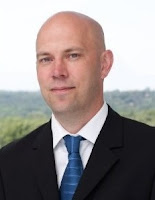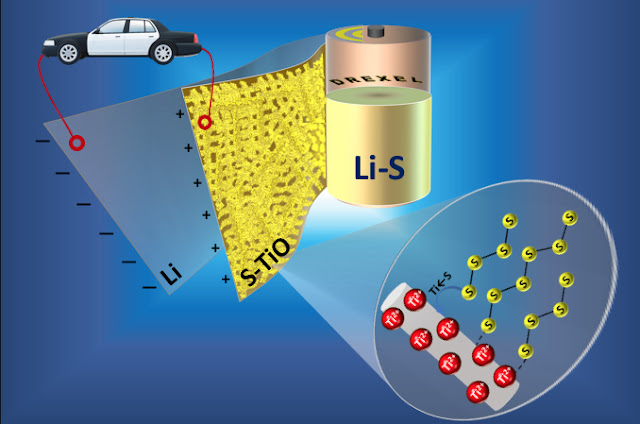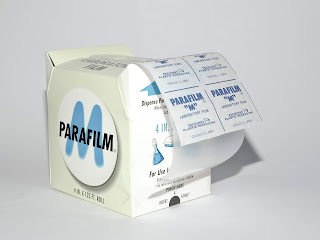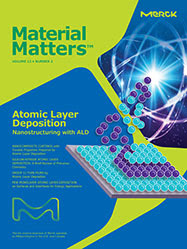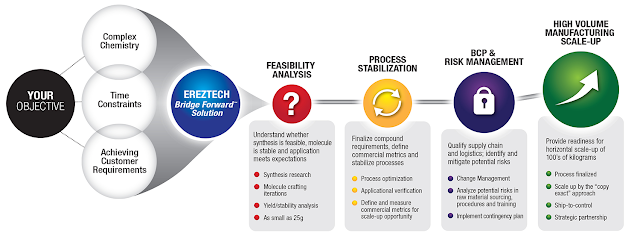Here is a fantastic set of ALD Tutorials & Presentations available on YouTube from a recent HYCOAT event at
Ghent University, Belgium August 27-29, 2018 - HYCOAT Workshop "Hybrid nanocoatings through molecular layer deposition (LINK). Please find the YouTube streams below.
HYCOAT Workshop "Hybrid nanocoatings through molecular layer deposition (Picture from Press release LINK)
HYCOAT is a project funded by the European Union in the framework of the
H2020 Marie Skłodowska Curie Actions – Innovative Training Networks. It
is the first European Training Network at the intersection of
chemistry, physics, materials science and engineering dealing with the
synthesis and applications of hybrid coatings grown by Molecular Layer
Deposition (MLD).
On its YouTube Channel, you can find content from the Workshops organized
within the HYCOAT training network, as well as information on the
research conducted at the participating universities and research
institutes.
An introduction to atomic layer deposition (ALD) by Professor Christophe
Detavernier, Ghent University, Belgium at the HYCOAT Workshop "Hybrid
nanocoatings through molecular layer deposition". (August 27-29, 2018 at
Ghent University, Belgium)
Dr. Paul Poodt from TNO, Netherlands, presenting ALD/MLD reactor
consepts and design at the "Hybrid nanocoatings through molecular layer
deposition" workshop held on August 27th - August 29th, 2018, Ghent
University, Belgium.
Professor Adrie Mackus from Eindhoven University of Technology,
Netherlands with a lecture on area-selective ALD at the HYCOAT Workshop
"Hybrid nanocoatings through molecular layer deposition", held between
August 27th and August 29th, 2018 at Ghent University, Belgium.
Professor Mikko Ritala from University of Helsinki, Finland giving an
introduction to the chemistry of ALD/MLD precursors at the HYCOAT
Workshop "Hybrid nanocoatings through molecular layer deposition", held
between August 27th and August 29th, 2018 at Ghent University, Belgium.
Professor Jess Jur from North Carolina State University, U.S.A.
presenting the basics and latest research on atomic layer deposition
onto polymers and textiles at the "Hybrid nanocoatings through molecular
layer deposition"workshop (August 27-29, 2018, Ghent University,
Belgium)
An introduction to diffusion phenomena occuring during atomic layer
deposition processing by Professor Mato Knez, CIC nanoGUNE, Spain.
Presented at the "Hybrid nanocoatings through molecular layer
deposition" workshop held at Ghent University, Belgium from August 27th
to August 29th, 2018.
Dr. Karen Leus, Ghent University, Belgium, giving an introduction on
properties and applications of metal-organic frameworks and covalent
organic frameworks at the "Hybrid nanocoatings through molecular layer
deposition" workshop at Ghent University, Belgium.



%20(1).png)




